The Fokker Services Group STC completion involves converting a Gulfstream G550 aircraft into a maritime surveillance jet for the Japanese coastal authority in various surveillance duties and search and rescue missions.
Fokker Services Group has received the EASA Supplement Type Certificate (STC) for a special mission project conducted in collaboration with Gulfstream Aerospace Corp. and Marubeni Aerospace Corporation on behalf of the Japan Coast Guard. The STC completion involves converting a Gulfstream G550 aircraft into a maritime surveillance aircraft to support the Japanese coastal authority in various surveillance duties, including environmental risk monitoring and search and rescue missions.
Robert Koolen, Sales Director Aircraft Completion and Conversions, Fokker Services Group said, “Integrating the set of onboard detection equipment and sensors required a complex series of modifications. Our century-long history has brought a lot of knowledge and craftmanship needed in all phases and facets of such a conversion. Thanks to our broad set of capabilities and competencies, such as our design organization certifications, cabin interior and wiring interconnections manufacturing skills and our experienced production team, we were well prepared for the job. It’s great to have our extensive capabilities leading to an EASA approved STC for a Special Mission G550.”
Gulfstream delivered the G550 to Fokker from their headquarters in Savannah, Georgia, USA. The aircraft’s interior and exterior were modified, and it was equipped with state-of-the-art surveillance equipment for conducting long-distance search and rescue missions. Fokker, known for its excellence in aircraft completions and conversions, played a crucial role in integrating the required onboard detection equipment and sensors, ensuring the successful completion of this complex project.
“Fokker takes pride in having been selected by Gulfstream and Marubeni again for this complex and prestigious project. Being the integrator in such complex project can be a challenge and requires certain skills to make it a success. Aligning your own engineering, structural modifications, installations, test-phase and certification process with the many different parties involved sometimes feels like a balancing act. Fokker is extremely pleased to contribute to the commendable mission of the Japan Coast Guard through a variety of services we provide.”, said Roland van Dijk, CEO, Fokker Services Group.
Also Read- Navigating the Skies with A Year-End Overview of Challenges and Trends in Aviation
With the EASA STC released, the converted aircraft will continue its test program. Fokker Services Group, as an independent aerospace service company, offers comprehensive solutions globally, covering modifications and engineering services, component and material services, airframe services, and aircraft completion and conversion services for various markets, including commercial, VIP, cargo, and defense....
RELATED

Latest news
 |
Firefly Aerospace Selected to Support DARPA LunA-10 with Framework for On-Orbit Spacecraft Hubs- Firefly to develop framework for spacecraft that can dock together on-orbit to provide on-demand refueling, delivery, transport, and de-orbiting services
Firefly Aerospace, Inc., an end-to-end space transportation company, today announced it was selected to develop an analytical framework for aggregated on-orbit spacecraft hubs in support of DARPA’s 10-Year Lunar Architecture (LunA-10) capability study. Based on the capabilities of Firefly’s Elytra orbital vehicles, the spacecraft hubs would provide responsive tasking for a wide range of cislunar services, such as refueling, delivery, and transport.
Firefly Aerospace to lineup its new Elytra vehicle to set off to space | NewsTrack English 1“Firefly is best known for finding innovative solutions to some of the most complex challenges in the industry,” said Bill Weber, CEO of Firefly Aerospace. “We’ve identified a path to drastically improve on-orbit mission response times from years to days with scalable spacecraft hubs that can host and service spacecraft across cislunar space. This team is ready to hit the ground running in support of this critical DARPA initiative and the responsive space needs of the larger cislunar ecosystem.”
Firefly Aerospace Selected to Support DARPA LunA-10 with Framework for On-Orbit Spacecraft HubsDARPA’s LunA-10 initiative aims to rapidly develop frameworks in seven months to guide development of integrated commercial lunar infrastructure for the next decade. It seeks to include solutions for shareable, scalable systems that can be commercially available on and around the Moon by 2035.
Space Debris Removal Market - Global Forecast to 2028by Technique (Direct Debris Removal, Indirect Debris Removal), Orbit (LEO, MEO, GEO), Debris Size (1mm to 10mm, 10mm to 100mm, Greater than 100mm), End User, Operation and Region Download free sample pages- Firefly’s contribution will include a framework for an aggregated hub of on-orbit spacecraft that dock together and offer on-demand services to both visiting spacecraft and dispersed spacecraft across cislunar space.
- The core services offered to visiting spacecraft would include propellant transfers, payload transfers, and sharing of power, computation, and thermal resources.
- Firefly’s Elytra vehicles based at these hubs would also offer responsive mission services for payload delivery, orbital transfers, repositioning, and de-orbiting.
“With launch, lunar, and on-orbit vehicles, Firefly is in a unique position to support DARPA’s LunA-10 program,” said Jana Spruce, Vice President of Spacecraft at Firefly Aerospace. “Our versatile Elytra vehicles can be rapidly deployed aboard our launch vehicles and docked together to provide more robust on-orbit services for both government and commercial customers.”
Firefly Aerospace Successfully Reaches Orbit and Deploys Customer Payloads with its Alpha Rocket - Firefly AerospaceThe framework will further define the robotic interfaces, operational protocols, and distributed controls necessary to allow any supplier’s spacecraft to aggregate on the hub, resupply on resources, and then be redeployed on-demand. Initial hubs would aggregate at the Earth-Moon Lagrange points to provide rapid, cost-effective mission services for any spacecraft on a lunar- or Earth-bound trajectory.
U.S. Export & Reexport Compliance For Canadian OperationsToday's News Headlines |
|
|
|

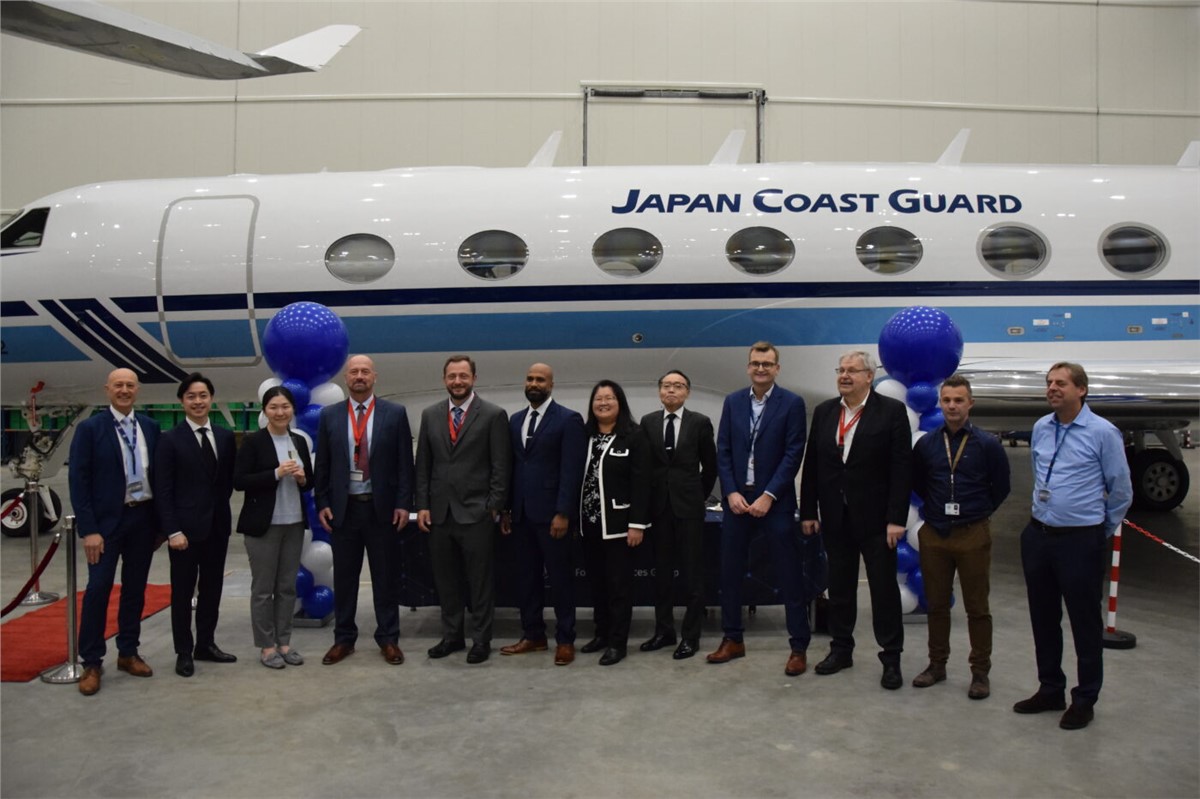

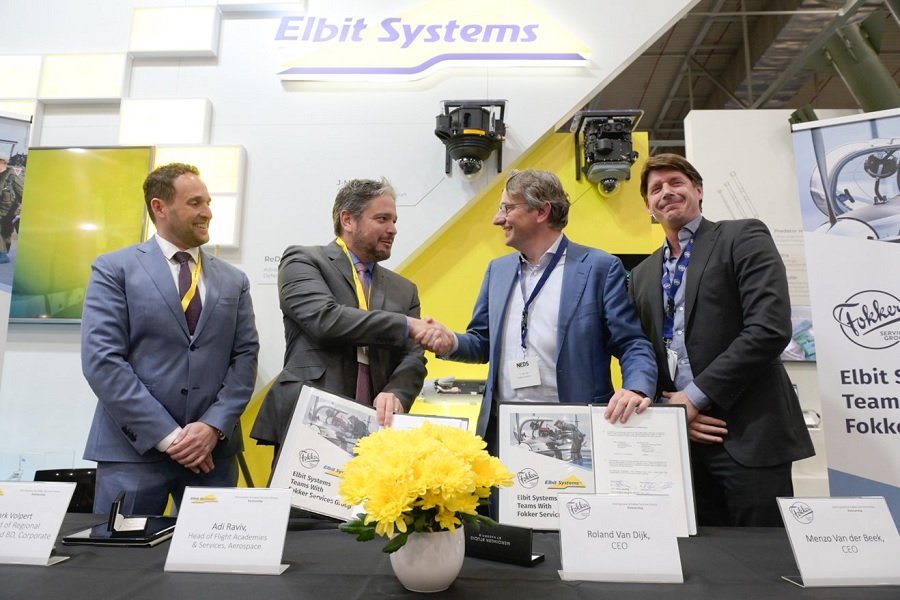
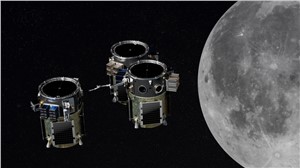
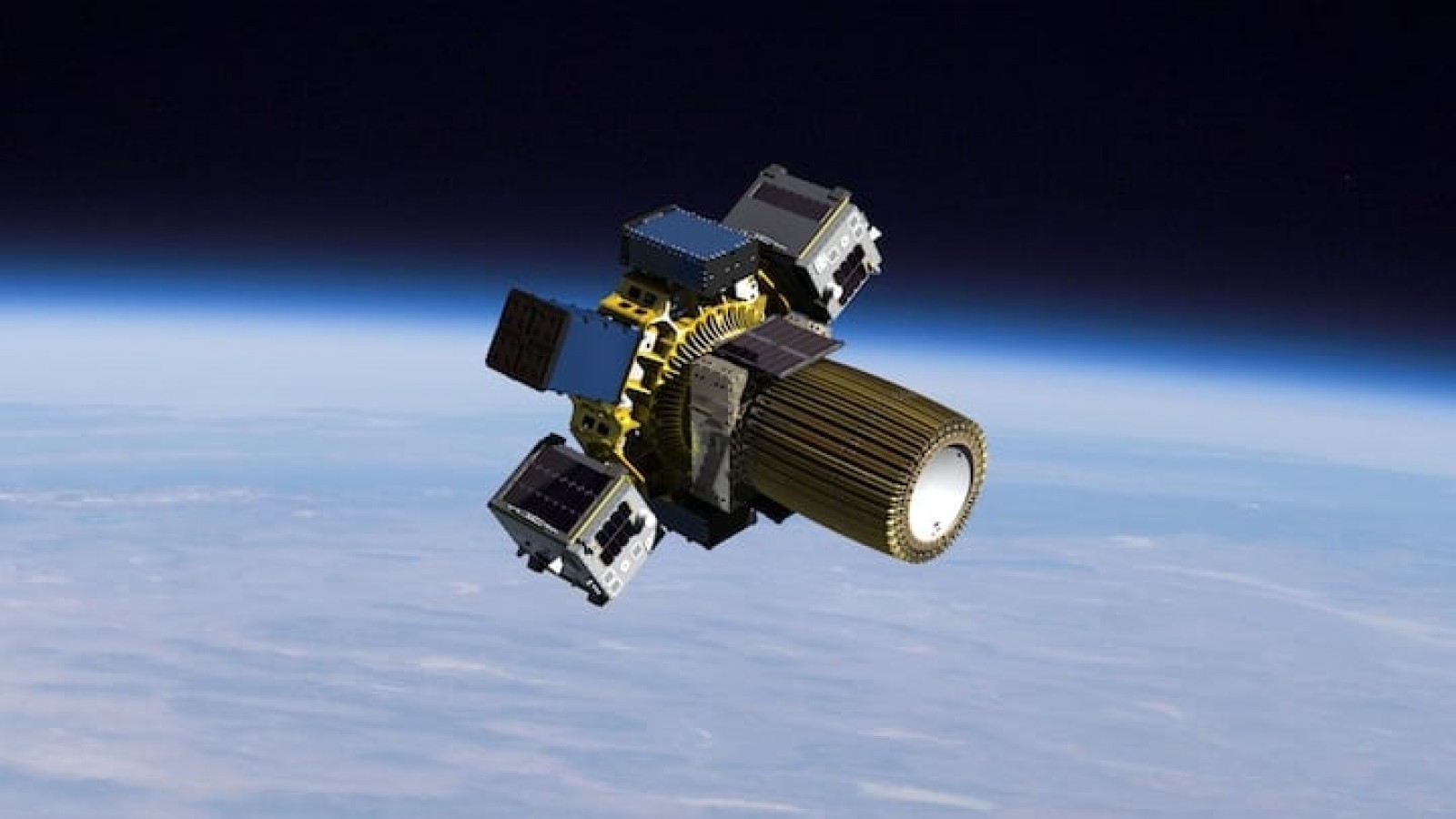
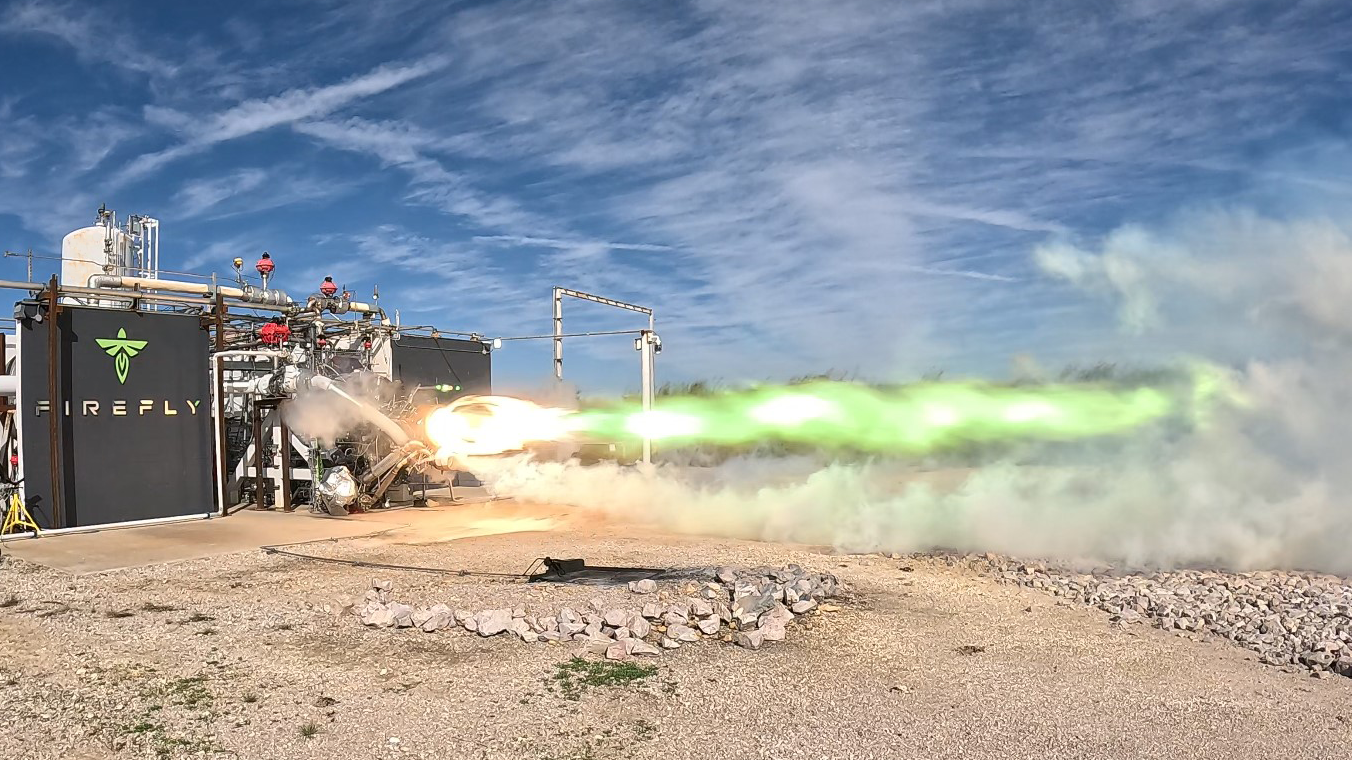

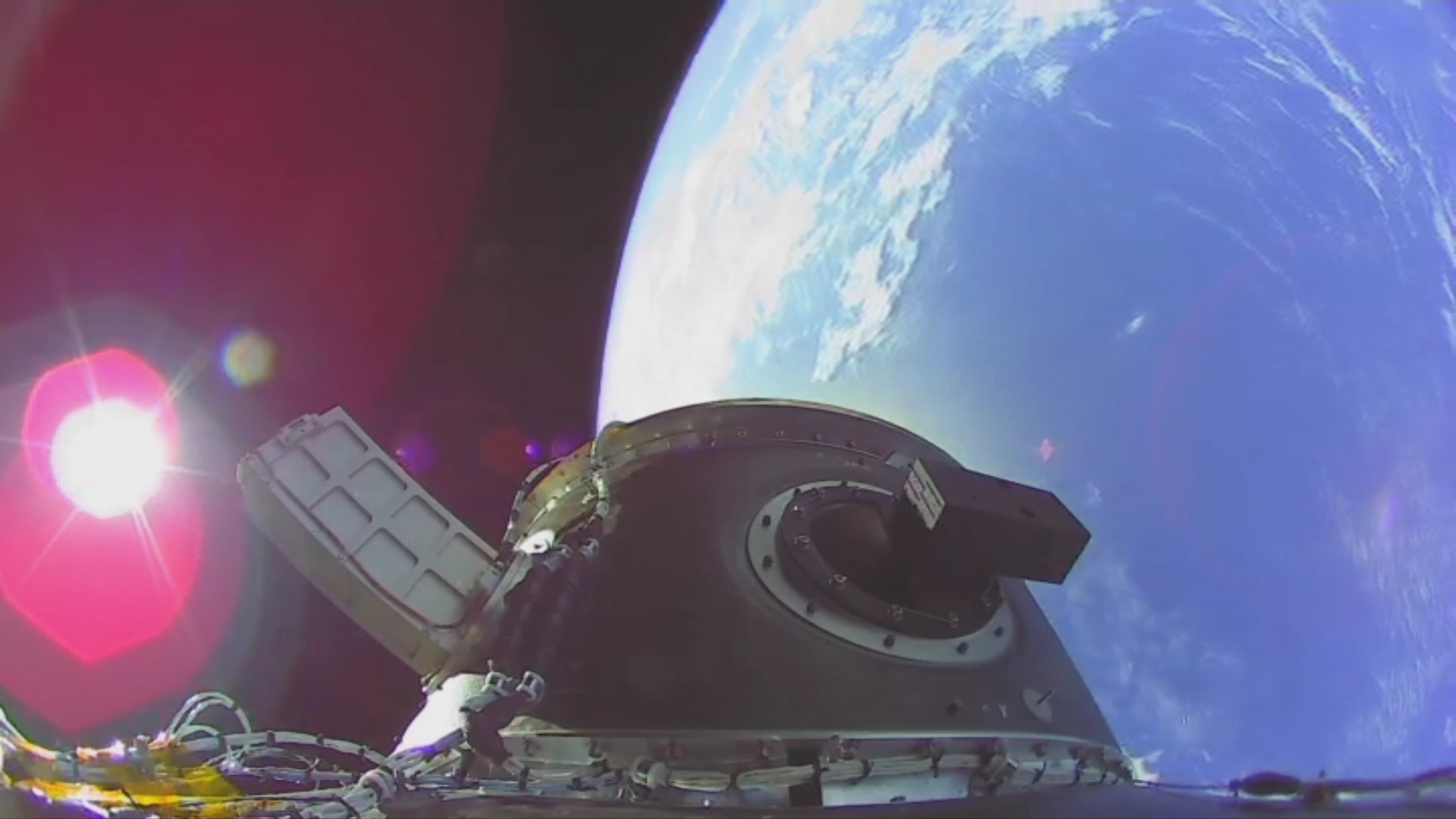



No comments:
Post a Comment